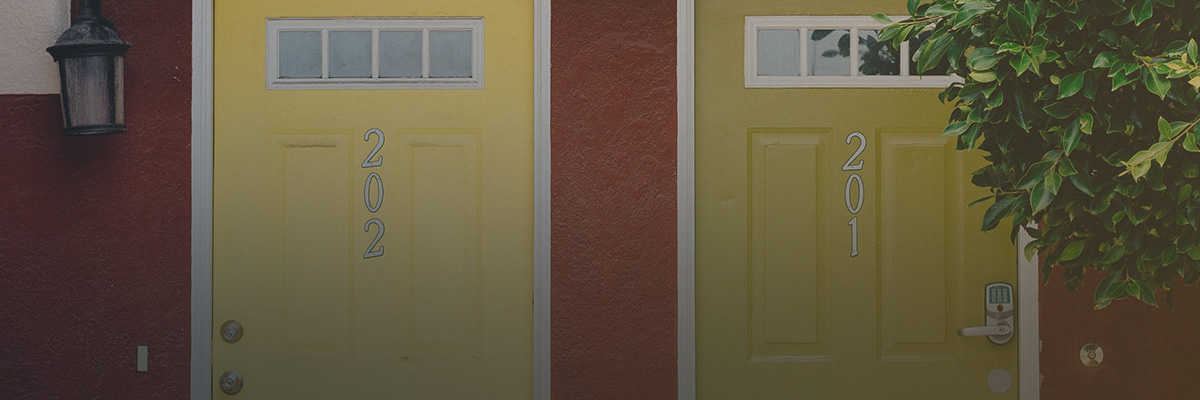This post is co-authored by the Alliance’s Chandra Crawford, Program and Policy Analyst; and Mindy Mitchell, Director, Individual Homeless Adults. It is part of a series to support communities as they work on their 2018 NOFA applications. You can see previous entries here and here.
Data from across the country show that Native Americans and African Americans are hugely overrepresented within the population experiencing homelessness. Given what we know about these systemic disparities, the team at the Alliance was so excited to see our partners at the U.S. Department of Housing & Urban Development (HUD) make racial disparities a priority through this year’s Notice of Funding Availability (NOFA). For the first time, Continuums of Care (CoCs) are incentivized to assess their homelessness systems for racial disparities in services offered and outcomes achieved and, if found, to develop action plans to address them.
While certain communities began this work even before the NOFA, for many others, this will be the first time they will analyze their systems for equitable outcomes along racial and ethnic lines.
Homelessness providers and systems leaders have long been aware of racial disparities among people experiencing homelessness. These disparities are heavily influenced by the historical and structural racism within larger systems like the child welfare and criminal justice systems. We should all be fighting to change those systems to ensure racial equity within them.
Homelessness systems and providers must also ensure that they are not perpetuating that inequity. The simplest way to do this is to ensure that all people experiencing homelessness in your community have positive outcomes.
As CoCs begin to analyze racial disparities within their own communities, here are some steps they should consider:
- Compare local demographic data on race and ethnicity from the census to data from HMIS to determine the scope of disparities within your community. It is important to compare HMIS data on race and ethnicity not just to the data for the general population, but also for people in your community living in poverty. This can give an important window into inequity. For example, if you find a different proportion of African Americans and Native Americans in your HMIS data than you do among people experiencing poverty in your community, it may be time to evaluate if everyone has access to the same supports.
- Analyze your system’s inflow and outcomes. For example, use HMIS data to examine whether White clients are more likely to be connected to services and housing than other clients. Similarly, examine whether clients of color are more likely to return to homelessness. CoCs should also look for disparities in assessment scoring and in prioritization and length of stays in shelter and housing programs.
- The ultimate goal of looking at our own data is to ensure that the homeless system itself is not perpetuating inequity. And if disparities are found, service providers must use data to restructure programs. In other words, map out areas where you find disparities in programs or in the system. Then come up with ideas to reduce them. For example, do intake numbers not match community needs? The solution may be as simple as thinking about where outreach efforts are located and targeting them proportionally to ensure that outreach programs connect with more people of color.
More and more communities are starting to do this type of work. The new focus on racial disparities in this year’s NOFA will spur even greater efforts across the country. The best place to begin those efforts is to look at your data!
What is your community doing to address racial disparities among people experiencing homelessness? What are you struggling with? Which innovations have you begun to implement? We at the Alliance always want to hear about your work and share it with the rest of the field. Let us know by contacting Chan Crawford at ccrawford@naeh.org

